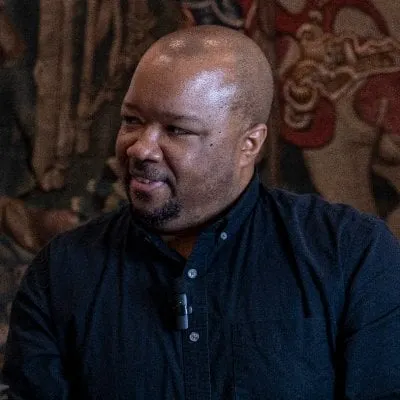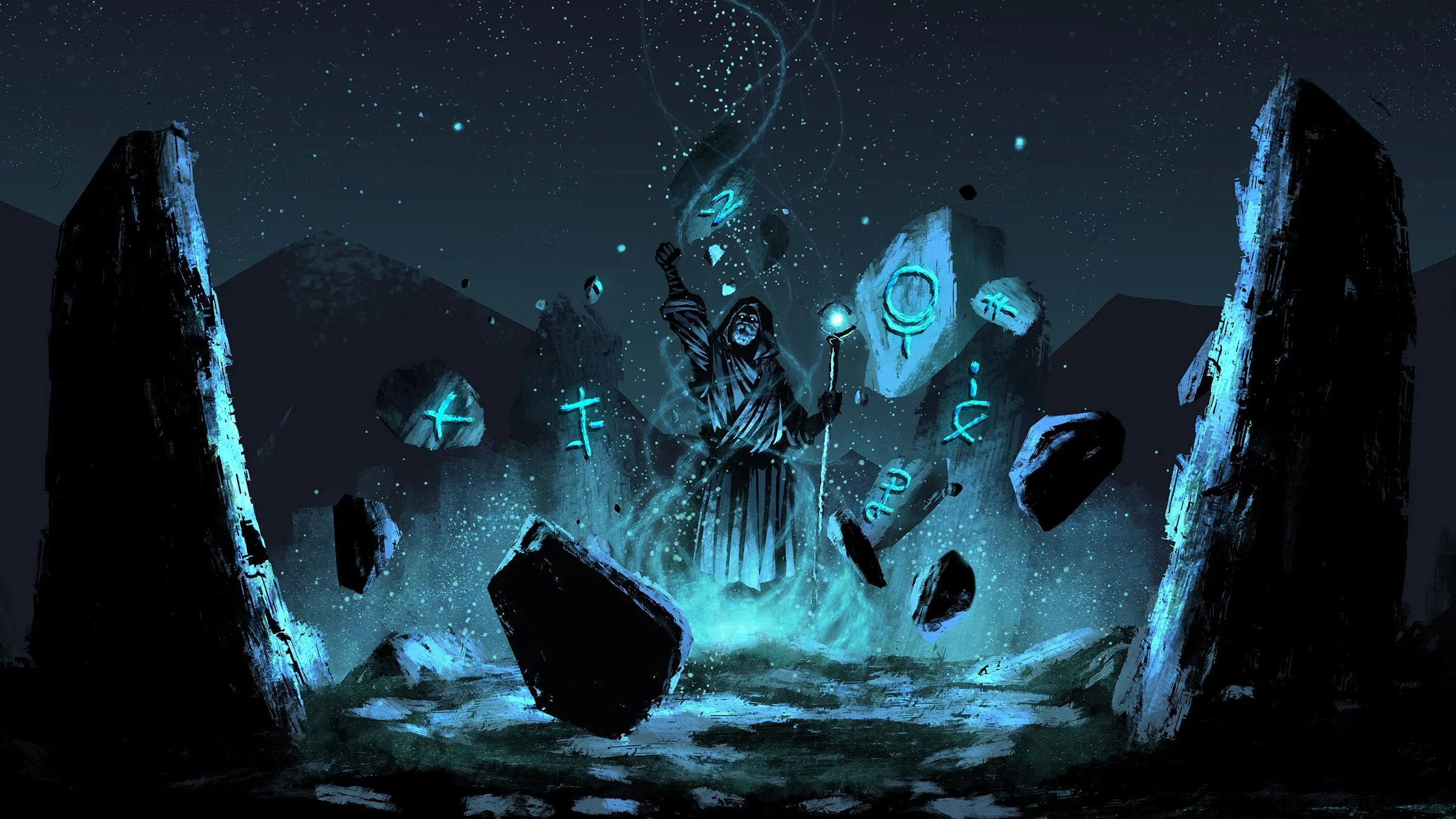We do the research, you get the alpha!
The Bitcoin halving has come and gone, and along with the milestone, the new Runes token protocol went live on the Bitcoin network. Since its launch on April 20, the Runes protocol has seen over eight thousand “etchings”—the preferred term for the deployment of Runes tokens—created on the Bitcoin blockchain, according to Ordinals and Runes launchpad Luminex.
One trend that quickly emerged among these new digital assets was long and unusually formatted names. A quick browse of the nascent category on exchanges like Magic Eden reveals tokens with labels like “SYMPATHETIC•PARAMUTUALISM” and “WANKO•MANKO•RUNES.”
The names of Runes—typically displayed in all caps—may seem odd, but creators say there’s a good reason. A minimum name length is built into the Runes protocol to prevent so-called name squatting. Name squatting, domain squatting, or cybersquatting involves registering a name that is typically recognized as a brand or trademark by others with the intent of profiting from its recognized value.
The creator of Runes, however, doesn't see a problem with that.
Why the long names?
“[The name requirement] started long, and it then goes short,” OrdinalsBot co-founder Brian Laughlan told Decrypt. “It’s pretty weird, but it also means nobody can grab ‘PEPSI’ on day one.”
The minimum number of letters is reduced by one character every 17,500 blocks, creating an increasingly dynamic naming environment.
This restriction, however, hasn’t stopped someone from etching a Rune called THE•NEW•YORK•TIMES—with no apparent affiliation with the Gray Lady.
tried to pay for dinner tonight with PISS•FETISHIST•DOUBLOONS but they wouldn't take them. we're still so early https://t.co/DOp0WOcAcy
— Casey (@rodarmor) April 6, 2024
According to the Ordinal Theory Handbook, a Rune’s name must be between 1 and 28 characters long—albeit with the current length restriction in play—using the letters A to Z. Names must be unique regardless of spaces, meaning 'UNCOMMON•GOODS' and 'UNCOMMONGOODS' are considered the same. Further, a Rune cannot be etched with the same sequence of letters as an existing Rune, even if the spacing is different.
“When you etch a Rune, you're reserving that name for that Rune and setting the Runes properties,” explained Bitcoin Ordinals developer Casey Rodarmor during an episode of the Hell Money Podcast. “The properties that a Rune can have—first and foremost—are its name. Its name is any combination of the characters A through Z, in uppercase between one and 26.”
Numbers cannot be part of a Rune name.
“This was chosen for simplicity,” he explained. “I think it's very confusing if you also have numbers, you can mix up 0 and O, or if you have Unicode characters, it gets very confusing because you have emojis in your ticker symbol, stuff like that.”
“They can also have spacers, a little bullet character like a dot between the letters of the Runes name, and this helps them be more readable,” he added.
Rodarmor gave an example. “If you create the GOODMORNING Rune, like Good Morning, then somebody cannot also create GOOD and then a spacer MORNING,” he said. “You set the spacers from the Rune is created and it doesn't change the name of the Rune for uniqueness purposes.”
The naming debate
“This was a point of controversy when I was designing the protocol—a lot of people didn't like the idea of unique names,” he recalled. “The alternative to unique names is having a really confusing, non-human readable identifier that actually identifies the Rune and then the name of the Rune can be duplicated.”
Under such a split setup, “you can't say ‘buy this Rune’ and say the name of the Rune, you have to say ‘buy this Rune’ and then you have to give this gibberish,” Rodarmor said.
When asked about popular names and brands being used for Runes, Rodarmor shrugged it off.
“People were saying this is bad and what if Google wants to get the Google Rune and they can't get it because somebody else has gotten it,” he said. “So first off, this is not the stock market—I hope that someday... some Degen gets the Google Rune and Google can’t have it. I would love that.”
“If you really don't care about the name of your Rune, you want to refer to it by a specific name,” he noted. “You can get a so-called nameless Rune which has an auto generated name. And you can just treat that as an implementation detail.”
“Runes come into existence by being etched,” the documentation explains. “Etching creates a Rune and sets its properties. Once set, these properties are immutable, even to its etcher.”
Rodarmor announced the Runes protocol in September, declaring it to be a pathway to fungible tokens on the number one blockchain by market capitalization. Runes are meant to solve many of the problems associated with last year’s BRC-20 token standard, he said, such as wasted block space.
While casual onlookers may see Runes and BRC-20 tokens as the same thing, Ken Liao, CEO of the Bitcoin wallet Xverse, said the distinctions will become clearer over time.
“One thing people have been saying is that Runes have the same issues as BRC-20 when it comes to trading,” Liao told Decrypt. “But that's because we're basically on day one, [and] most of the Runes marketplaces have copied and pasted from their BRC-20 integration. I think we'll start to see the improvements in the coming weeks.”
Edited by Ryan Ozawa.





